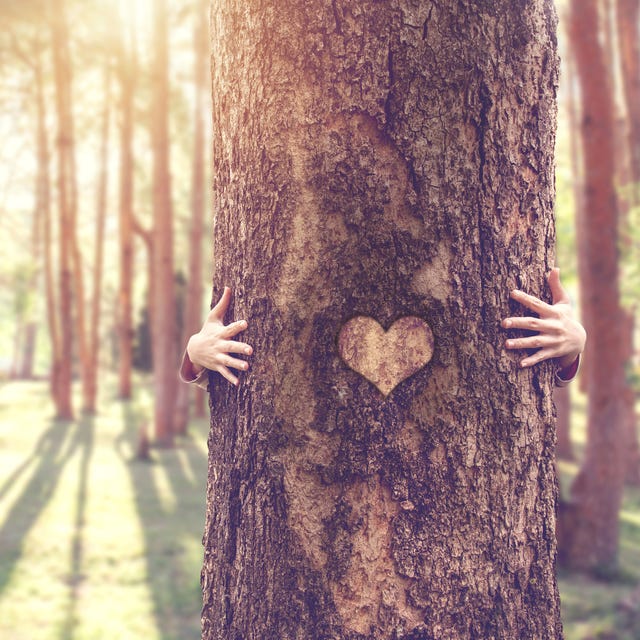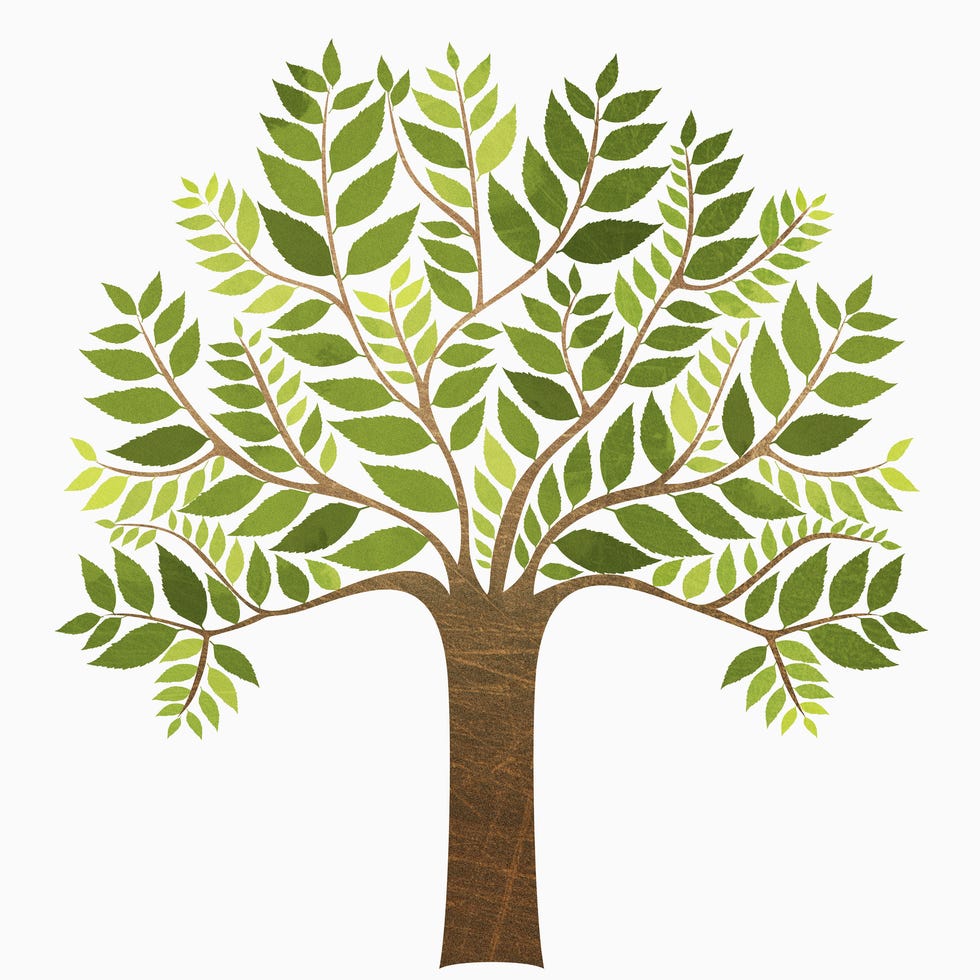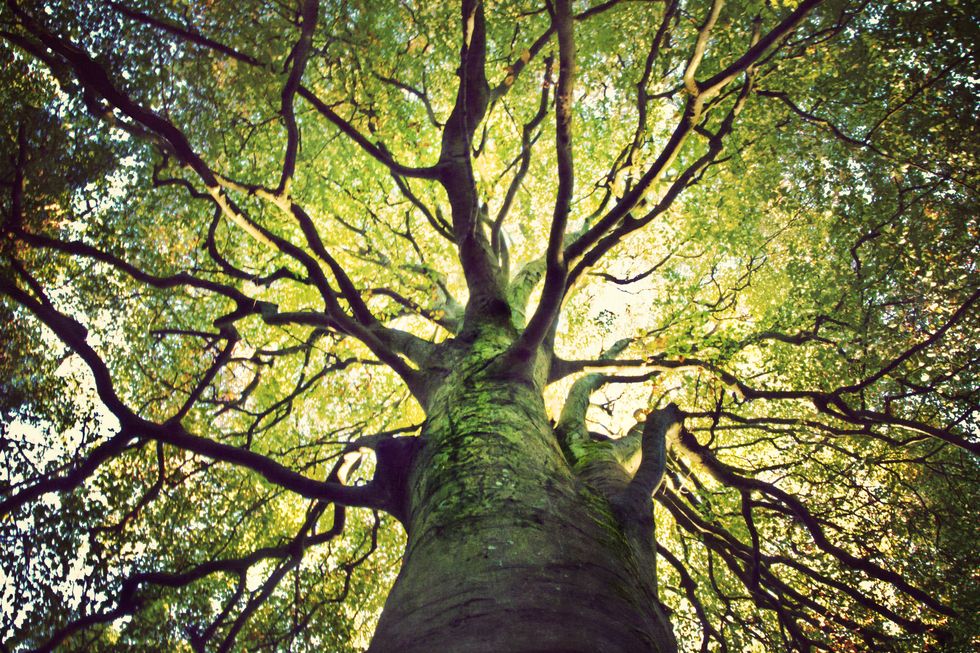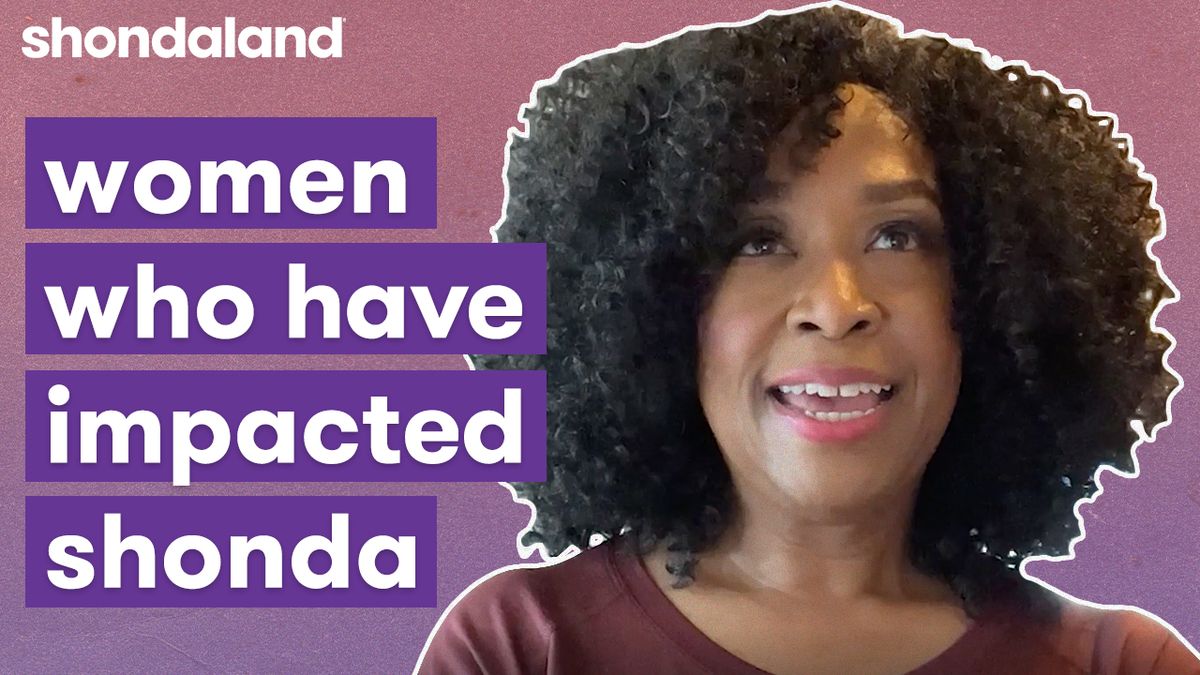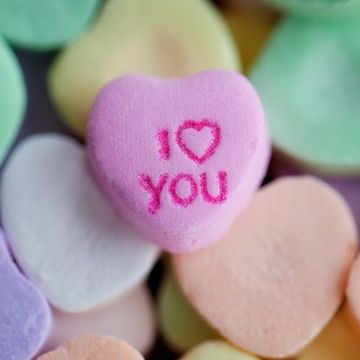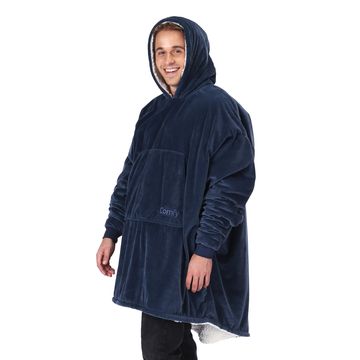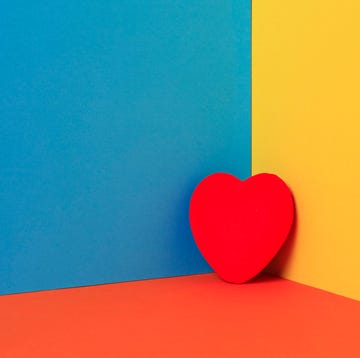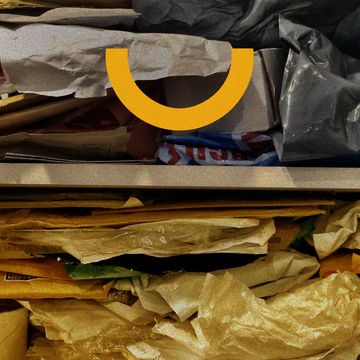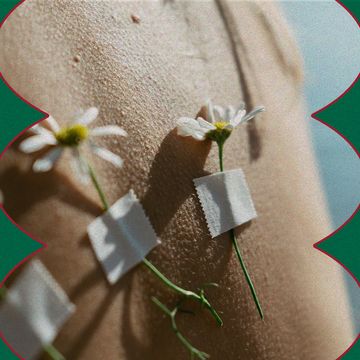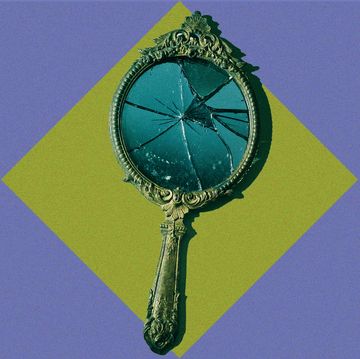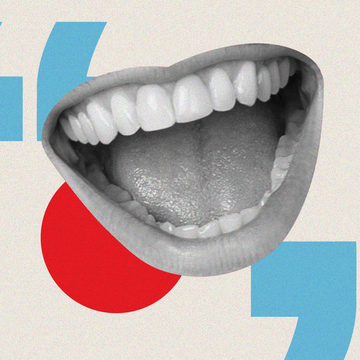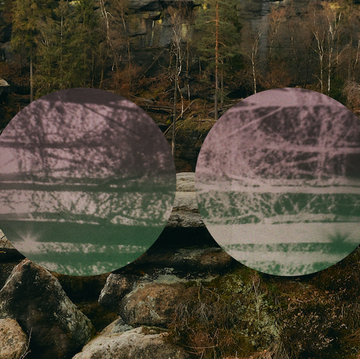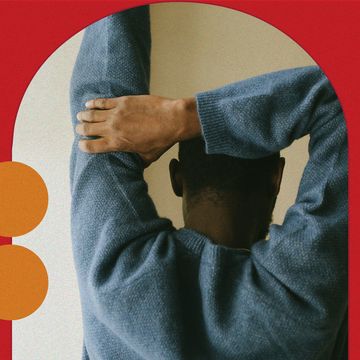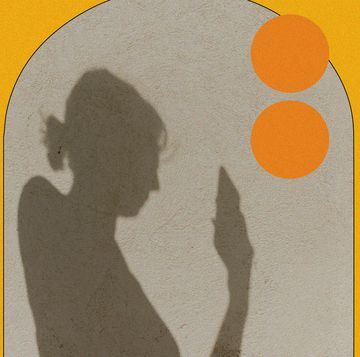And when great souls die,
after a period peace blooms,
slowly and always
irregularly. Spaces fill
with a kind of
soothing electric vibration.
Our senses, restored, never
to be the same, whisper to us.
They existed. They existed.
We can be. Be and be
better. For they existed.
— Maya Angelou, When A Great Tree Dies
It’s Easter Monday 2020 and Sam’s sister, Carol, rings my doorbell. He hadn’t called in for work, and she suspected the worst. In the whir of police, firefighters, and the arrival of the coroner, neighbors and friends gathered, with requisite distancing, and wearing our masks as Carol wept on the curb outside our townhome. An aloneness poured through my soul. Not being able to hug Carol felt more tragic at that moment than losing Sam who, for 19 years had been my friend, neighbor, and platonic “husband upstairs.”
Months into the pandemic I am already feeling touch-deprived, a neurological phenomenon also known as skin hunger. It’s what happens when a person receives little or no touch from another living thing – and positive human touch is vital to all human interaction. A 2018 study by scientists at the Medical College of Wisconsin in Milwaukee, found that skin – the body’s largest organ (it covers us from head to toe) – communicates positive and negative touch stimuli to our sensory neurons.
A hug or a friendly touch releases oxytocin, a neuropeptide in our brains responsible for increasing feel-good sensations of trust, emotional well-being, and connection. At the same time, it also helps decrease our fear and anxiety responses. For this reason, writes Shanley Pierce for the Texas Medical Center News, oxytocin is affectionately known as the “cuddle hormone.”
And it’s why hospitals train “cuddlers” to hold babies in NICUs to provide human comfort and positive stimulation to the infant. “Cuddling” also helps preemies grow faster so they can go home to their families sooner.
Likewise, “cuddle therapy” has been introduced to people with dementia and seniors in convalescent homes who don’t experience skin-to-skin touch, which is vital not only for mental and emotional health but physical health, too, according to Healthline’s Lauren Sharkey.
When you’re feeling under pressure or overwhelmed, she writes, a simple, caring touch from another person can help reduce such stresses by calming your heart rate and blood pressure and allowing your immune system to function as it should.
Touch is crucial for helping children build healthy relationships “by stimulating pathways for oxytocin, the natural antidepressant serotonin, and the pleasure chemical dopamine,” Sharkey writes. Even a safe, gentle touch from a stranger has been scientifically proven to reduce feelings of social exclusion and loneliness.
Trees can help with that Cat Moore told me. Moore is the Director of Belonging at the University of Southern California where she leads CLICK™, a trademarked methodology which she teaches at USC and across industries, centered on relationship-enhancement. I was taking her class the week Sam died, and she recommended tree-hugging to help ease my hurt.
“Without using one word, without having a central nervous system or a brain, trees know how to come around someone’s suffering – and, of course, I’m now anthropomorphizing everything – but they know how to help a sister out!” Moore says with a laugh.
“I spent much of my childhood climbing trees building forts around trees so it's a very familiar landscape for me,” says Moore of growing up in Western Pennsylvania surrounded by trees. “Biologically they’re giving off what we need to breathe, so there’s actual energy exchanged biologically with trees. Then there are all kinds of metaphorical things that trees represent, and things we can learn from them. But physically one of the things that I latched onto, and why I brought it up, is that I was specifically concerned about touch deprivation.”
In the same way frogs drink water through their skin, connecting with trees gives us messaging through ours, Moore says. Messages that you belong, I am taking care of you, I am with you…all without words. It’s what a hug represents, a way of being held; of being grounded and anchored by something larger than yourself.
“If you watch a tree during a storm — unless it’s like a hurricane — trees are moving with the wind,” Moore continues. “They’re being influenced, they’re being impacted they’re being affected, but they’re not being uprooted. And that, for me, is a life metaphor: What are we doing to root ourselves in practices and habits that keep us anchored when pandemics happen – whether they’re micro-pandemics or massive pandemics, or the pandemics of our daily life – but yet not shut ourselves off to the world to avoid pain or avoid change or avoid people who challenge us or push all our buttons or abuse us? How do we stay supple enough to be affected without being uprooted?”
On the day I decide to hug a tree, I want it to be deliberate. Although I live adjacent to a public park, I’ve witnessed what men do to trees when they think nobody’s looking – and what dogs don’t care that anyone sees. So, I opt to find a tree where I don’t have a history of its visitors.
Beah stands out to me as I make my way along Coliseum Street, a runway of trees lining The Village Green, about a 15-minute walk from my place in South Los Angeles. There’s nothing particular, I’m just drawn to her. I name her Beah because it sounds like the name of an ancestor; grand, elegant, and strong.
As much as I want to connect with my tree, I am extremely self-conscious about anyone seeing me.
“I think in our brains we’re so familiar with the term tree-huggers and that’s usually a pejorative term, right? Like Save the tress! And 1960s Berkeley and these sorts of things that are generally thought to be people who are a little bit extra,” laughs Moore, who is currently shopping her new book, You Belong Here to publishers. “But it’s not just California hippie stuff, it’s science!
“Mommy, there’s a lady hugging the tree!”
I ignore the tattling voice of a child as I stretch my arms around the circumference of Beah’s expansive trunk, my fingers barely touching. Faint whispers of motherly concern lead tiny voices inside as I press myself against the rough edges of the bark. The abrupt clang of a wooden gate slams shut.
Holding on, I connect with the sound of my heartbeat, my arms go limp; the warmth of the bark brushes my face, as the world falls silent around me.
It took weeks for me to get to this comfortable place with Beah, the gigantic Shamel Ash tree which has become my go-to cuddle tree whenever I need something to press close to.
Through the rest of the spring, I began reading everything I could about trees, from Peter Wohlleben’s The Hidden Life of Trees, along with articles from the Smithsonian and the New York Times Magazine, all of which centered on the social lives of trees and the ways in which they enrich the lives of humans.
As I researched trees, my home began bursting from the outside in with trees and plants I propagated from avocado, apple, and stone fruit seeds — to varying degrees of success — rescued cuttings from the gardener’s blade, and trees I purchased downtown. Just before summer, I bought a Meyer lemon tree for my balcony. In our last conversation the week before he died, Sam said he’d help me plant it if I shared the harvest. I’ll share the fruit with other neighbors now that he’s gone.
“Connecting with nature, including with trees,” says Dr. Thema Bryant, clinical psychologist, and professor at Pepperdine University in Malibu, “creates a space where there are no performances required and many times with people. Even in talk therapy before the relationship is built, people may come in presenting a certain way about how they think they’re supposed to look or act or speak in terms of what will be acceptable. So, when we are looking for those spaces that are without judgment, one of those beautiful places without judgment, where we can show up is in the rawness of whatever we are carrying, is in nature.”
Like us, trees experience seasons. They shed their leaves, their bark; branches, and continue to grow. “Some things will grow in those spaces,” says Bryant, “and then some trees grow but that particular part that was lost is never replaced. But they continue to grow. So it is that message that we will lose and we acknowledge that, but also being mindful that you don’t have to pay tribute to the person by stopping your growth, by stopping your life. But you can live with the awareness, and the memory, and the honoring of what was and is no more.”
Over the course of the year, deaths in my personal circle increase into double digits. With winter comes the passing of two mentors and my beloved aunt in Arkansas. With each pang of loss, Beah awaits.
Early one morning just after Christmas, while the neighborhood children sleep, I visit Beah. Her leaves shimmy and make me smile even when my mourning clouds the sight of her branches reaching heavenward. I wipe my face and place small stones near her roots. In remembrance.
Leaning close, I shut my eyes and listen: the squawking of birds, the whoosh of the wind, my heartbeat. I find my calm, breathe in with gratitude, and just be.
Janice Rhoshalle Littlejohn is a journalist, author, and advocate. As a Board member of APLA Health in Los Angeles, she spearheads the ROAR Womyn’s Wellness initiative to empower all self-identifying womyn with programs and activities to support their health, healing, and wellness for mind, body, and soul. Follow her on Twitter @janicerhoshalle.
Get Shondaland directly in your inbox: SUBSCRIBE TODAY
